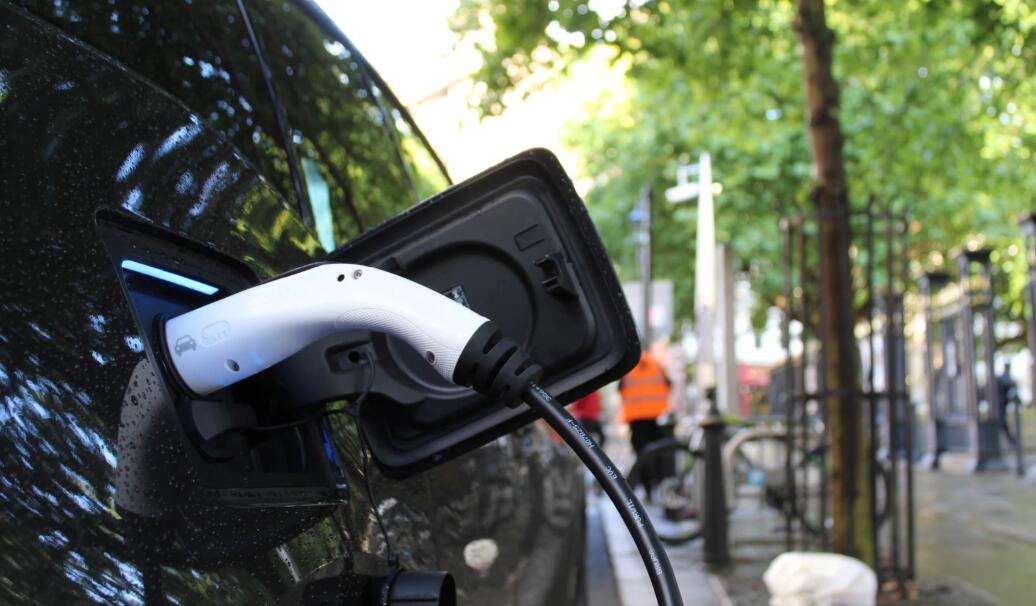China NEV Market
Emergency charging pod put into operation in China to ease resource constraints on highways
During non-holiday periods, these facilities can be relocated to charging stations in urban areas where charging demand is high.
China unveils plan to boost charging facilities, aiming to serve over 20 million EVs by 2025
China aims to form a moderately advanced, intelligent and efficient charging infrastructure system by 2025.
China's top economic planner voices support for NEV industry in new initiative
China's NDRC has released a new proposal that again mentions support for the NEV industry and the battery swap model.
Shenzhen brings new policy support for NEVs by offering free parking hours
From now until the end of next year, users of NEVs in Shenzhen will be able to enjoy at least one hour of free parking per day.
China's NEV purchase tax incentive, set to expire at year-end, expected to continue
A senior Chinese official said support policies, including the renewal of the purchase tax incentive for NEVs, need to be studied and clarified to stabilize market expectations.
China's NEV fleet reaches 7.84 million, 81.6% BEVs
This represents only 2.6 percent of China's total vehicle fleet, implying huge room for growth.
China ranks first in global NEV sales for seven consecutive years
China also saw important progress in vehicle intelligence last year, with sales of passenger cars equipped with assisted driving systems accounting for 20 percent of all new vehicle sales.
China sells 531,000 NEVs in Dec, up 114% year-on-year, CAAM data show
In 2021, China's NEV sales were 3.521 million units, up 157.5 percent year-on-year.
China's latest subsidy policy a boon for NEV industry because of removal of cap on vehicle units, CPCA says
Previously China provided subsidies for up to 2 million NEVs per year.
China's wholesale sales of passenger NEVs reached record 505,000 units in Dec, CPCA data show
China's December new energy passenger vehicle sales set another record, with many consumers buying such models before subsidies are reduced.









